During the first walk-around we came across Bobby Bale. As it turned out, Bobbie had been an education tutor on a Post Graduate Diploma in Environmental Science that I had taken around twenty-five years earlier. From our first reminiscences, we have kept in touch and become very good friends. For the past few years, we have helped her with setting up and being around for the weekend, to take some of the burden of meeting what can be in excess of a hundred or more people on each day.
As you can imagine, we have interesting conversations, as Bobbie has a very interesting personal story, to go with her understanding of the natural world and of people, through her work with art therapies in different countries.
If you are around Emsworth on Saturday, Sunday or Monday, pop by, say hello and enjoy the art works. Just as a taster… the programme can be seen here… http://emsworthartstrail.org.uk/
Fortunately, a move of school and evening classes accompanying my dad, to be taught by the art teacher at the new school, demonstrated that, with some naïve talent and good coaching, I was able to take art GCE as an additional exam and passed.
An interest in the world is, for me, a prerequisite of teaching, as each teacher is, to some degree, helping children to make some sense of the world in which they live, a large part of the stimulus being visual. As children (hopefully) walk to school with their parents, they are (hopefully) noticing features of the locality that become their landmarks and, internalised, supporting their awareness of their place in the world; to become geography. The houses that they pass hold insights into their past through their architecture; history. The natural world and seasonal change can highlight biological aspects.
Each area has it’s own vocabulary that encompasses the essential concepts underpinning the subject. Every area of life can contribute to the child’s developing vocabulary, especially if they are aided by an interested adult. My own interest in the natural world was established through walks in the Welsh valleys with my miner uncle, who would point out plants, birds and animals as we walked.
Awareness starts by registering what is around. Things are just there and can become little more than wallpaper, but they might move, revealing an insect, a bird or a small mammal. Delving into water might reveal frogs, toads newts or fish. The child can start the journey of classification, with subdivisions, as names of birds are learned. Very early scientists would have linked their observations with drawings; some were exceptionally talented at both.
Learning to mark-make is a process, of hand control and an awareness of and careful use of a variety of media. The marks start off as ill-defined, but gradually, for most children, become more controlled, as their hands gain strength, but also allow for light movement and well as heavy marking. Any new medium requires a period of assimilation through what could be called “play”, early accommodation to the flexibility or drying speed of paint, or the difference in elasticity and malleability of plasticine compared with clay.
In 1986, a book arrived on my desk, written by the Hampshire Art Adviser, Lorna Delaney; Guidelines for Art Education. This book provided evidence of the developmental process in children’s art from early years to A level, with examples taken from different stages. A follow-up book arrived in 1992; Further Guidelines for Art Education, this time edited by Mary Schley, the County Inspector for Art. The second book added to the first by looking at assessment as the means by which the process of development could be enhanced. The two books together were useful for both expert artists and also those less confident with the subject.
The whole was premised on an underlying process, with three elements;
· The conceptual element concerned with ideas, perceptions, feelings, impulses and responses
· The operational element concerned with the control and use of techniques, materials and media
· The synthetic element concerned with the perception of the dynamics of visual language, line, tone, colour, texture, movement, structure and form.
Each of the elements has a classificatory language that requires unpicking, sharing, demonstration, discussing, evaluation as well as hands-on opportunity.
Art enables everyday visuals to be captured, interpreted, enhanced or even distorted, depending on the age and maturity of the child.
The learning in every subject is a process; assessment is often seeking to hit a moving target. It amplifies the need for teachers to understand this developmental process, combined with learner development and outcome anticipation at different points. Constant shared evaluation can embed early the ability to take some responsibility for their own development. Art is an area where children have often caused a surprise, by luck or intention. Maybe the room for “happenstance” is greater?

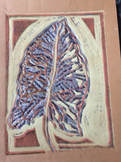
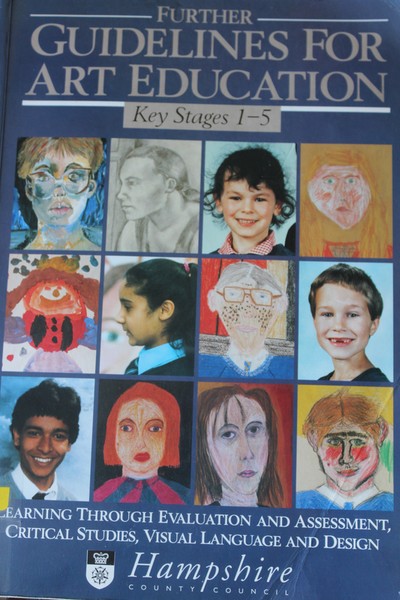

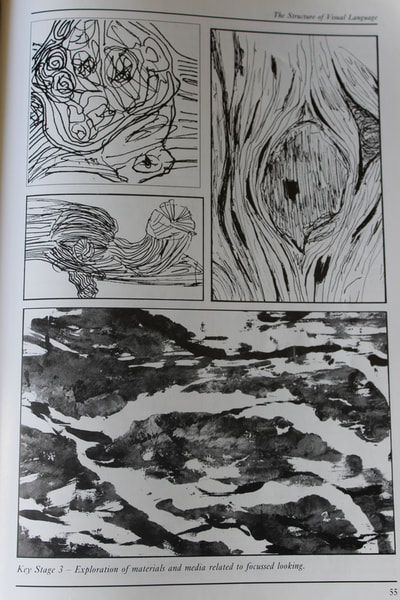
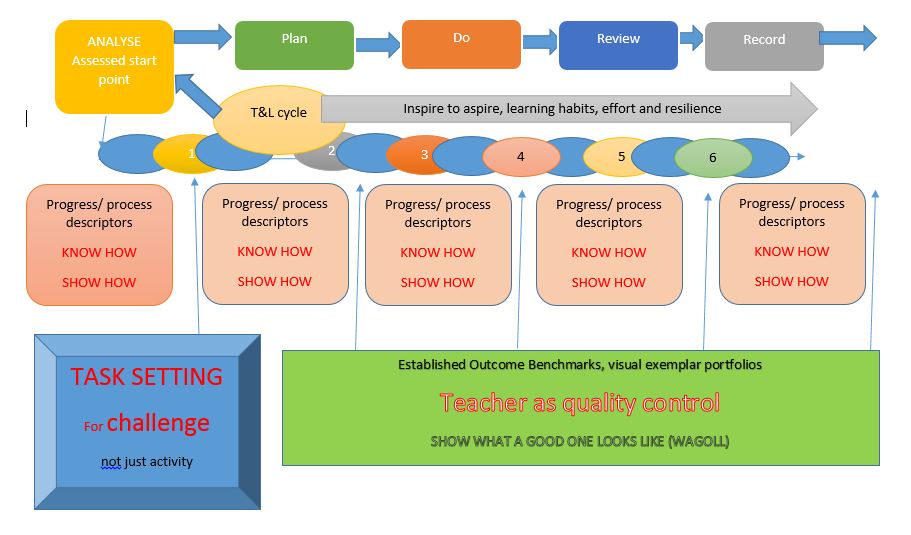
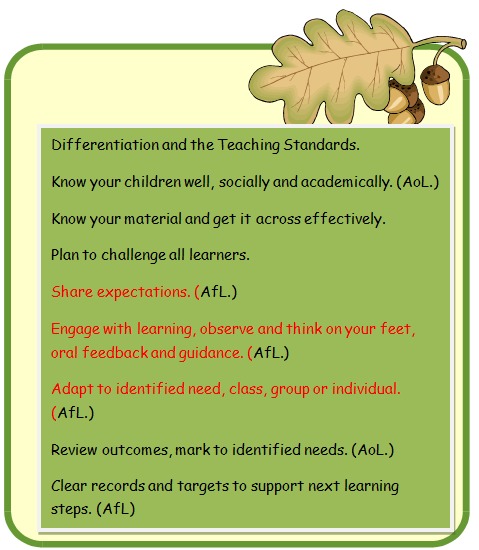


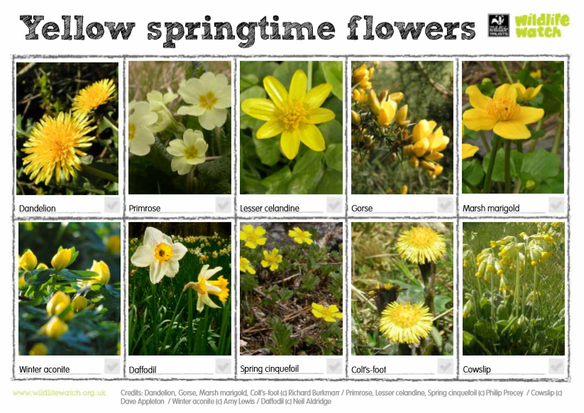
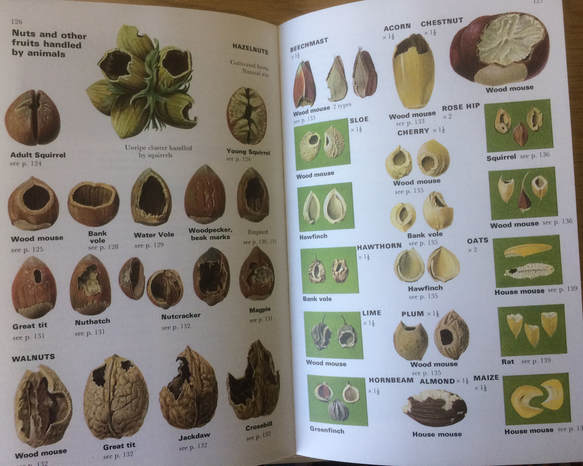
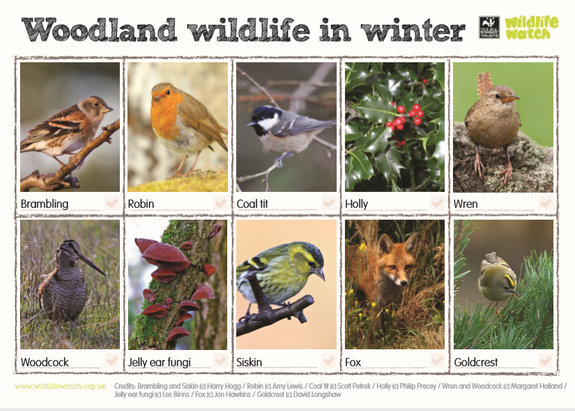
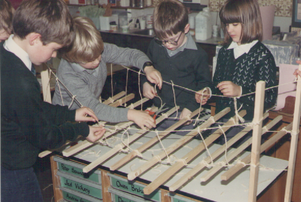
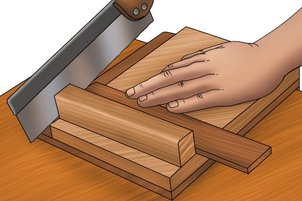
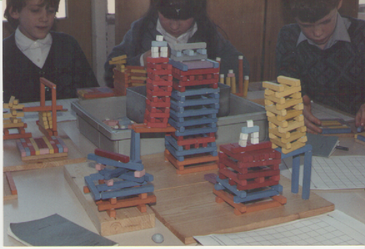
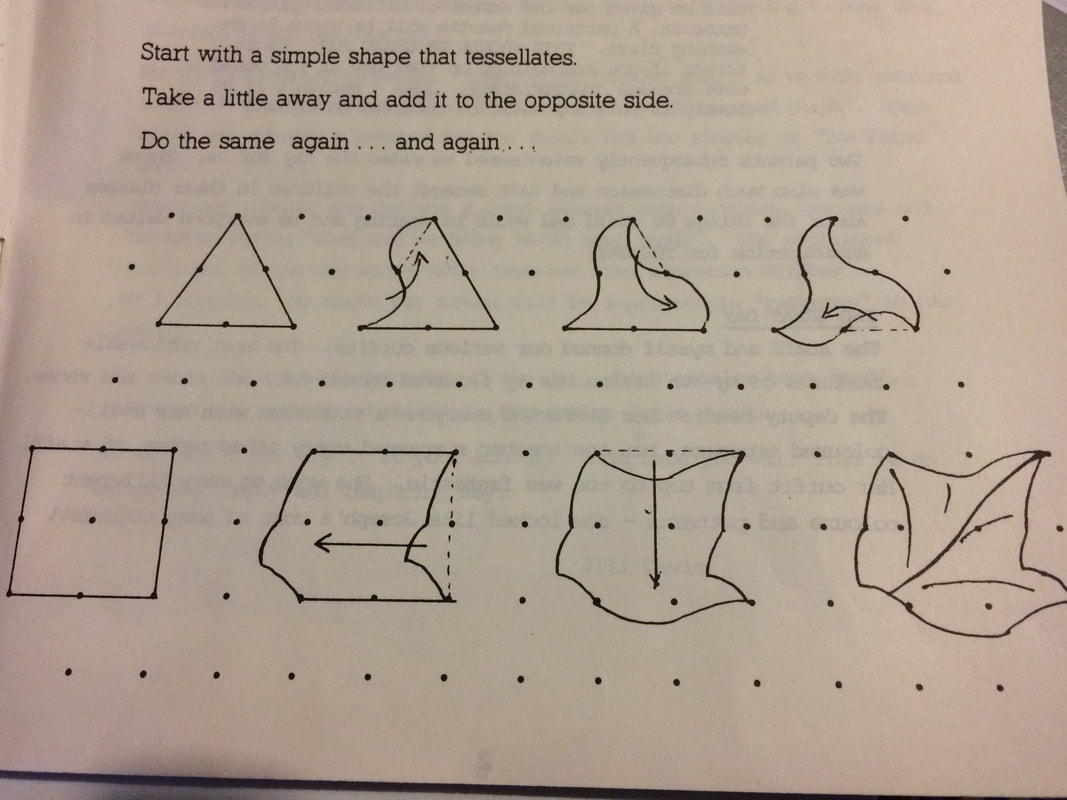
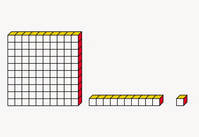


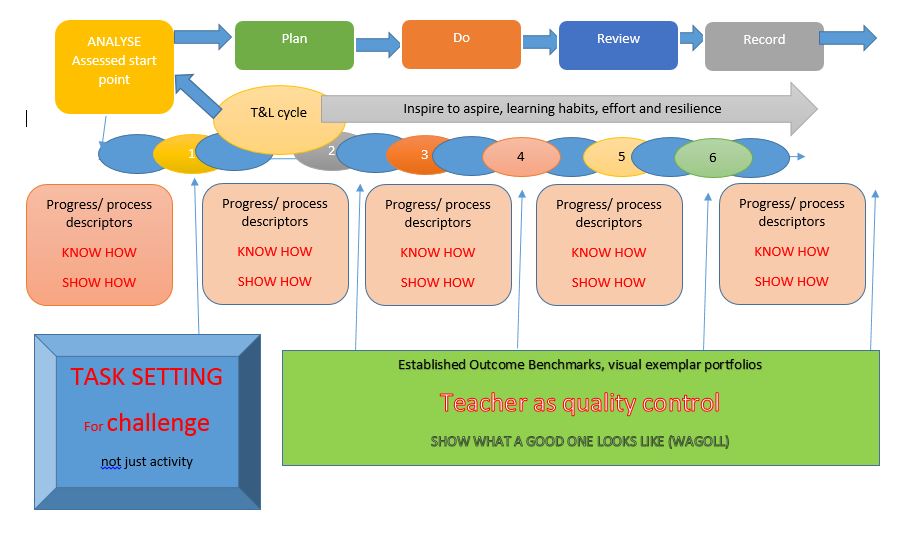
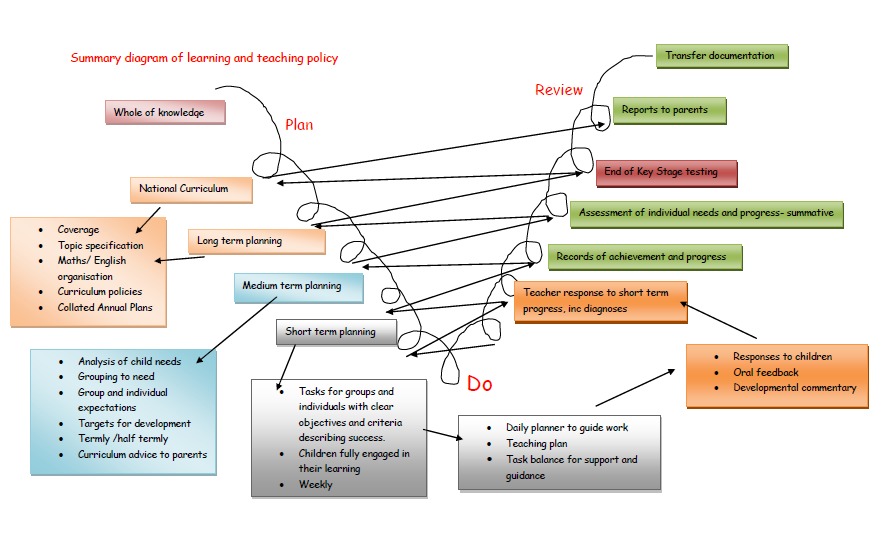
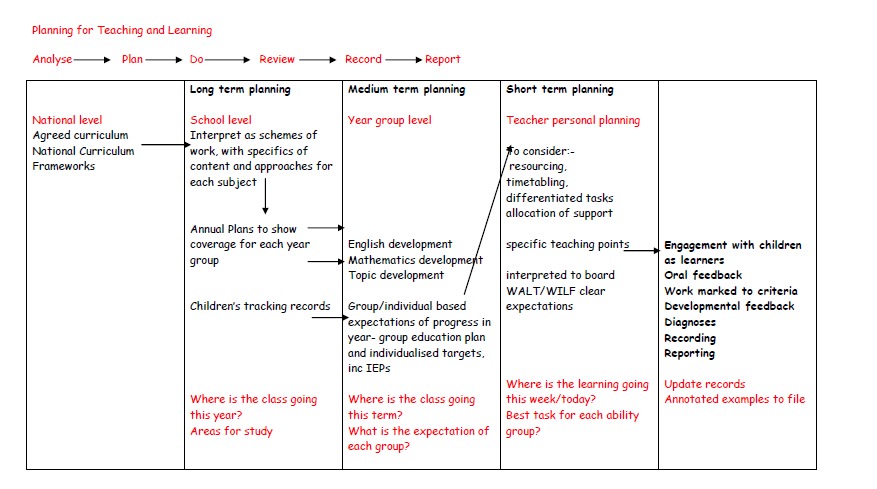
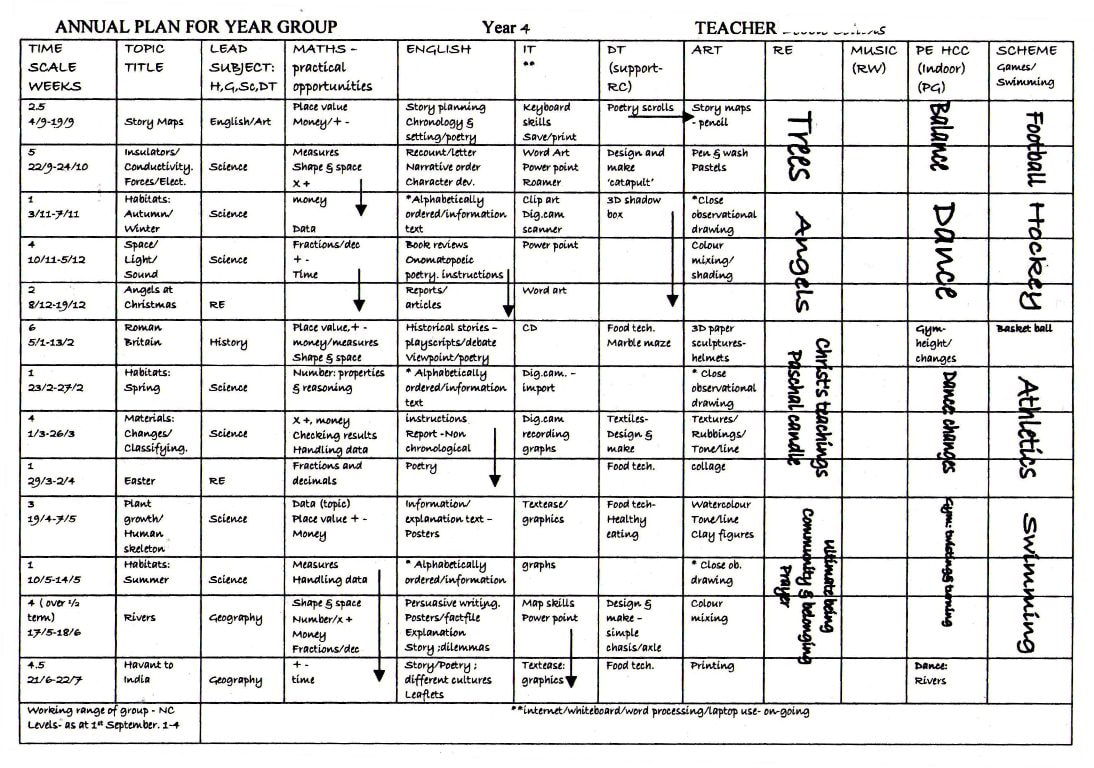
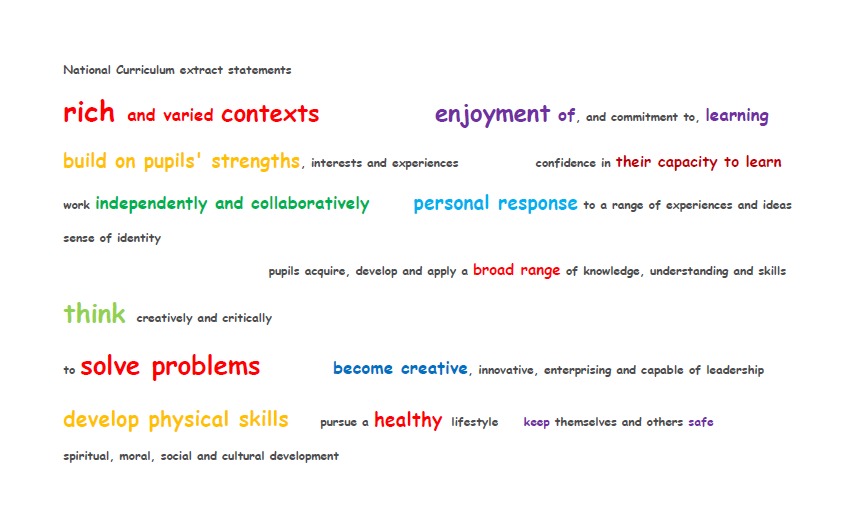
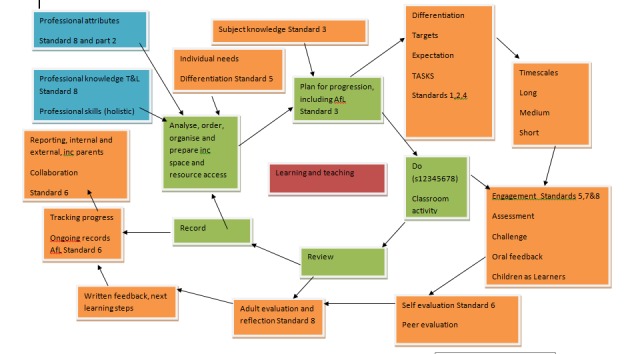
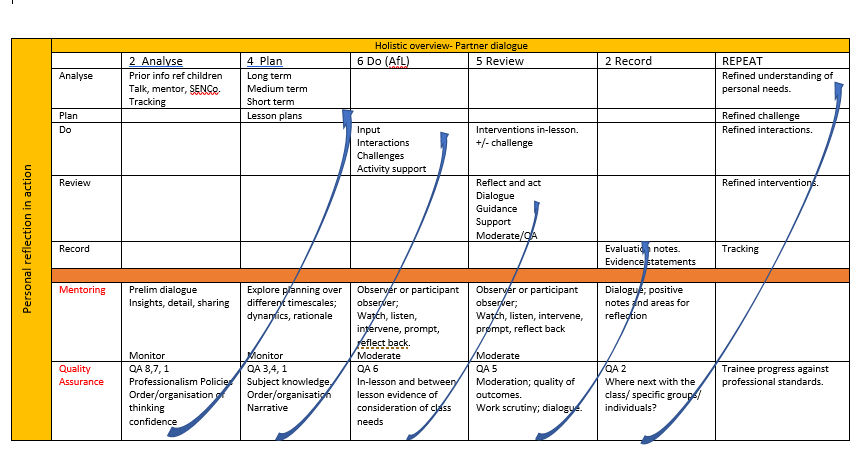
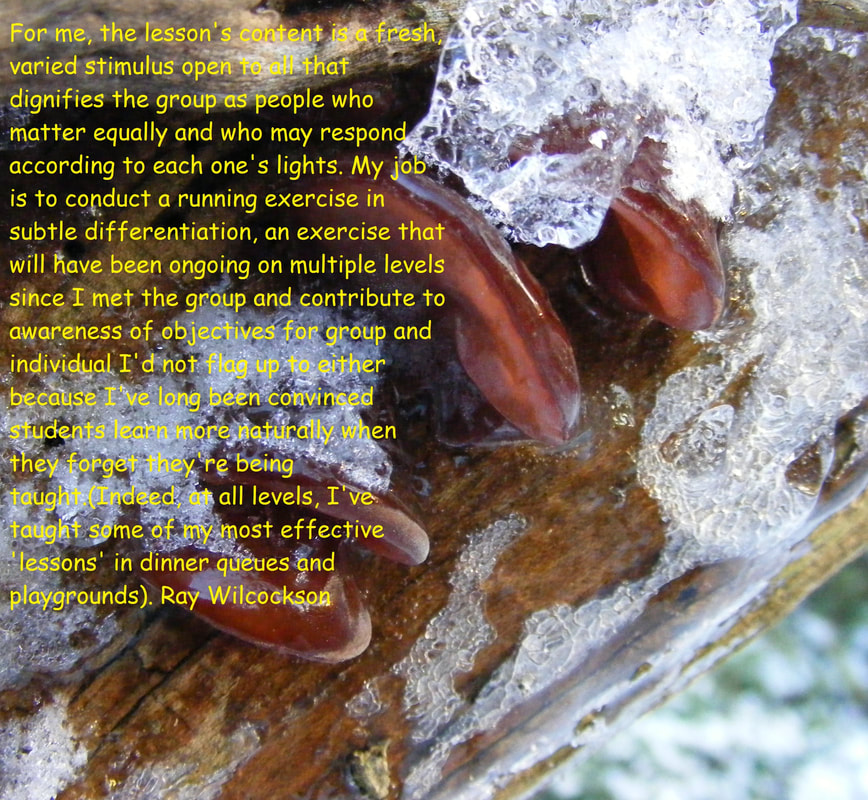

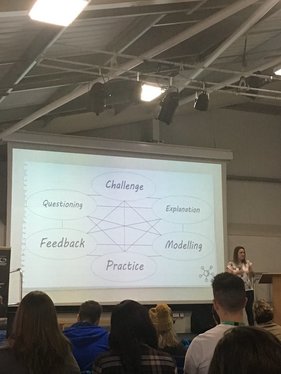
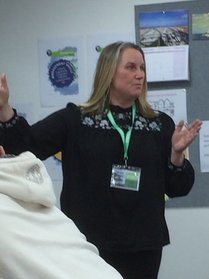
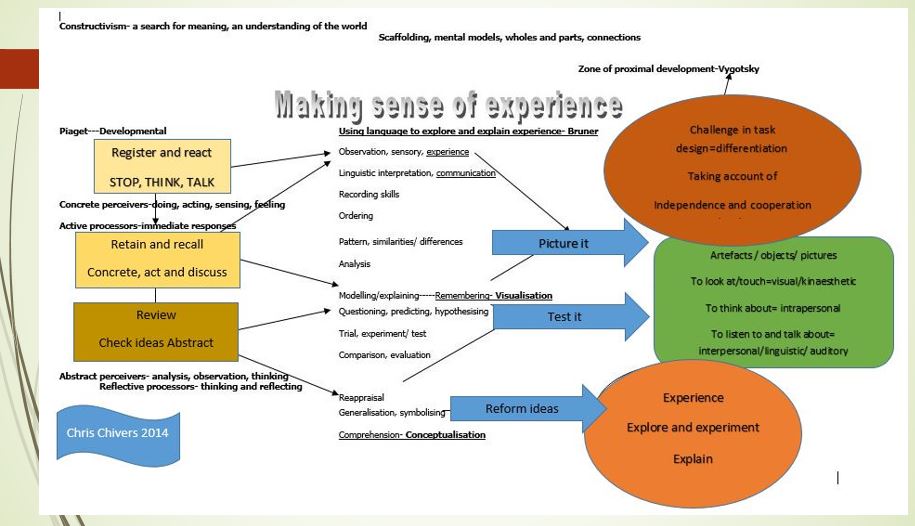
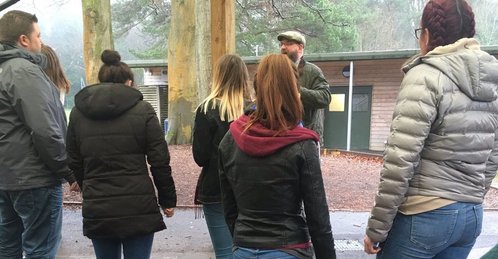
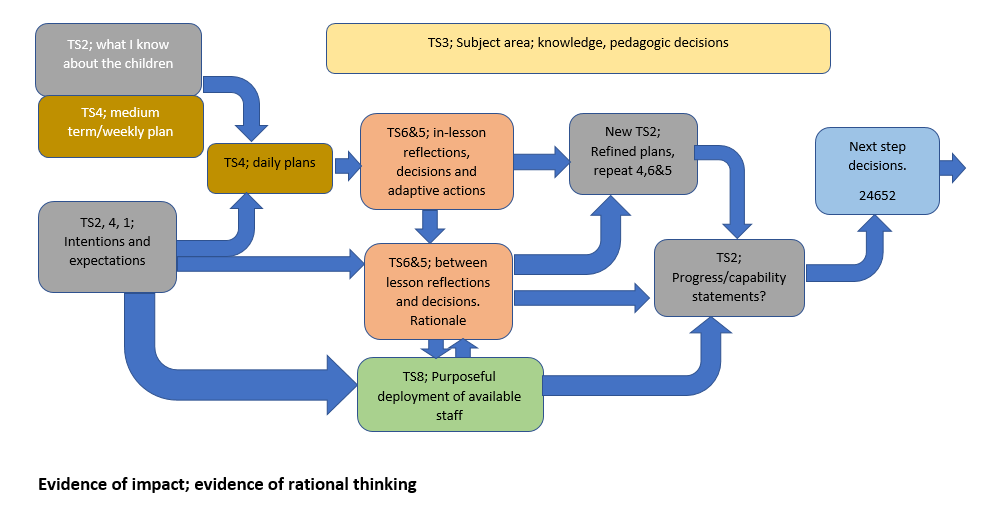
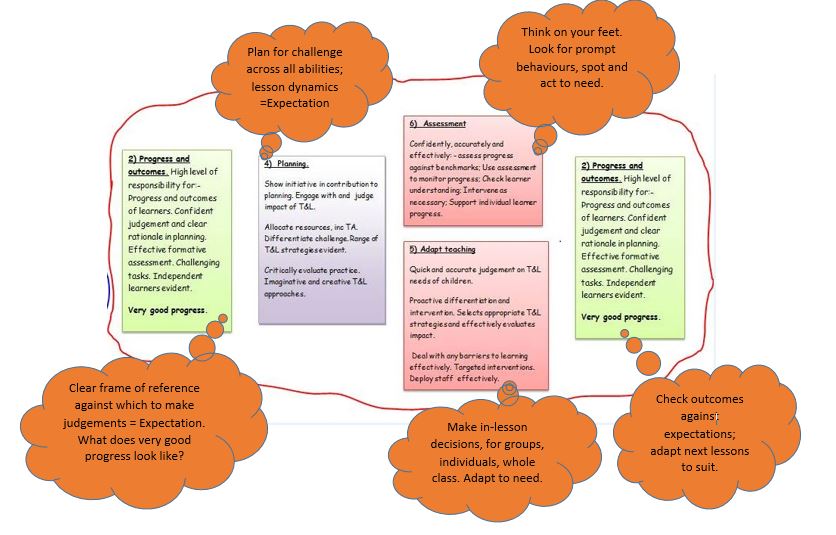

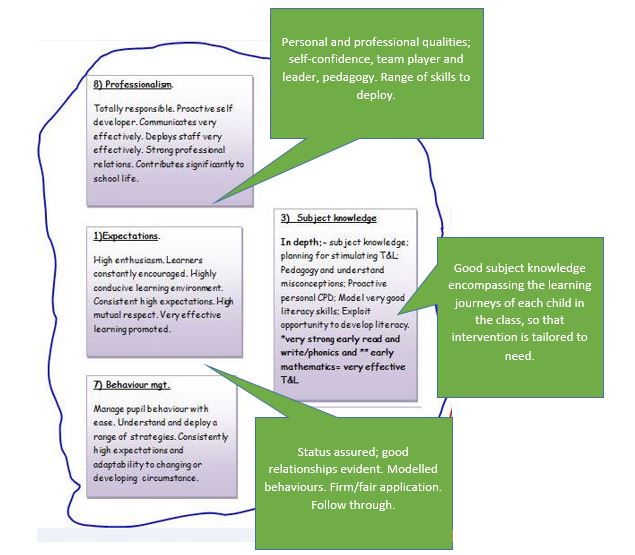
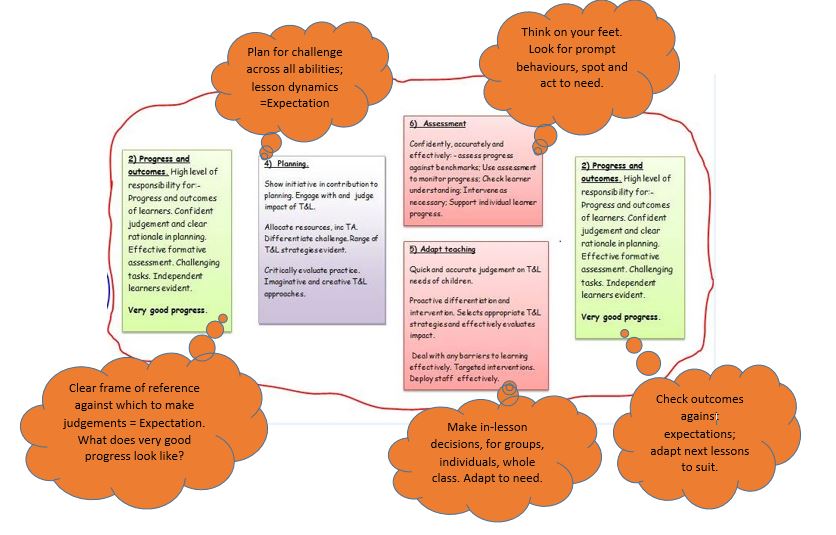


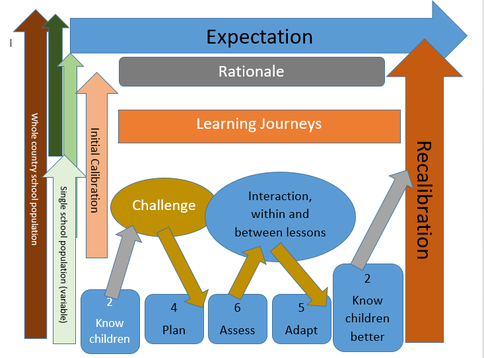

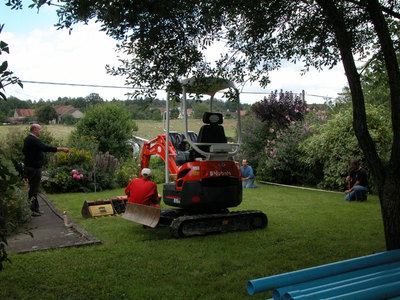
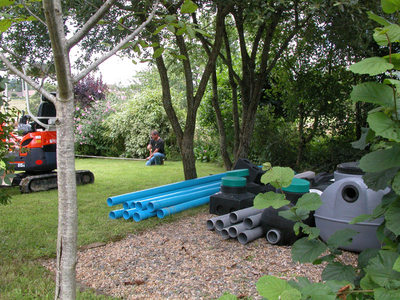
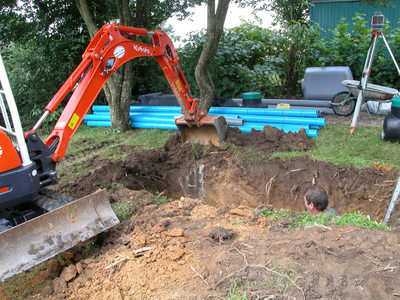
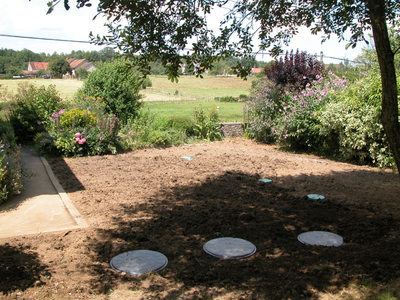
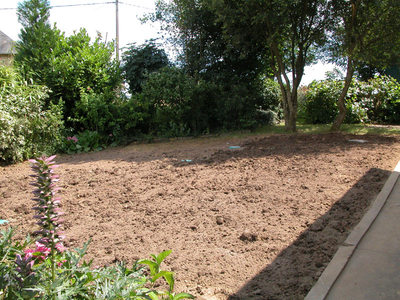
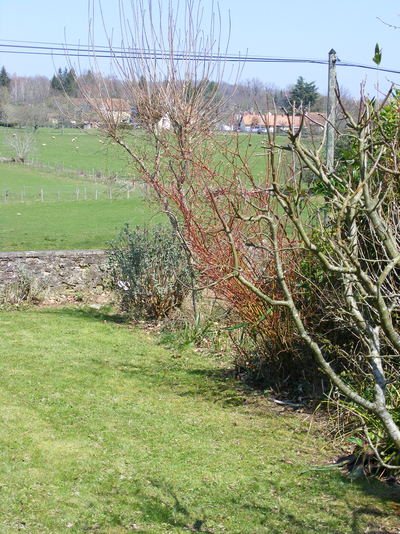
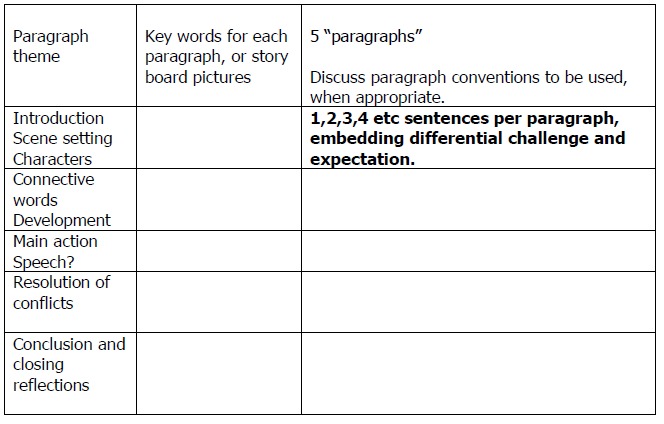

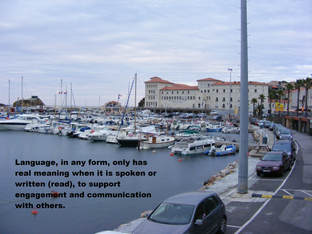

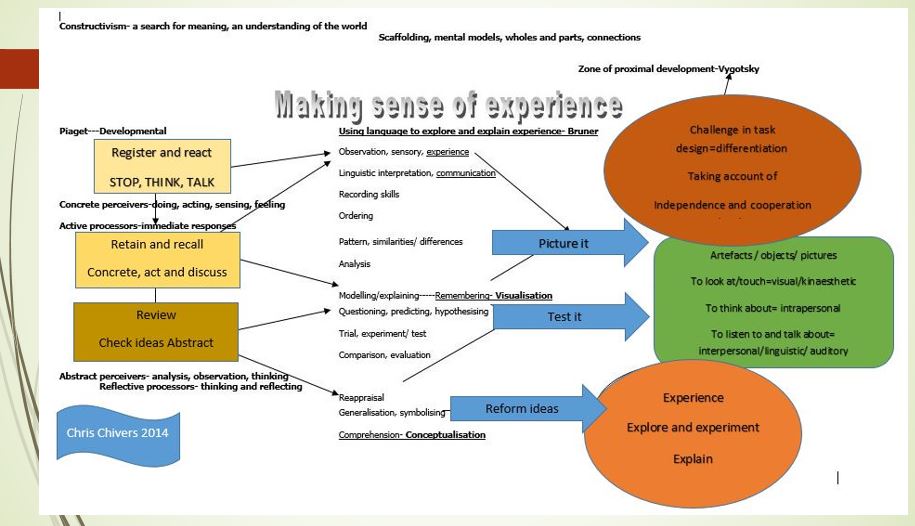

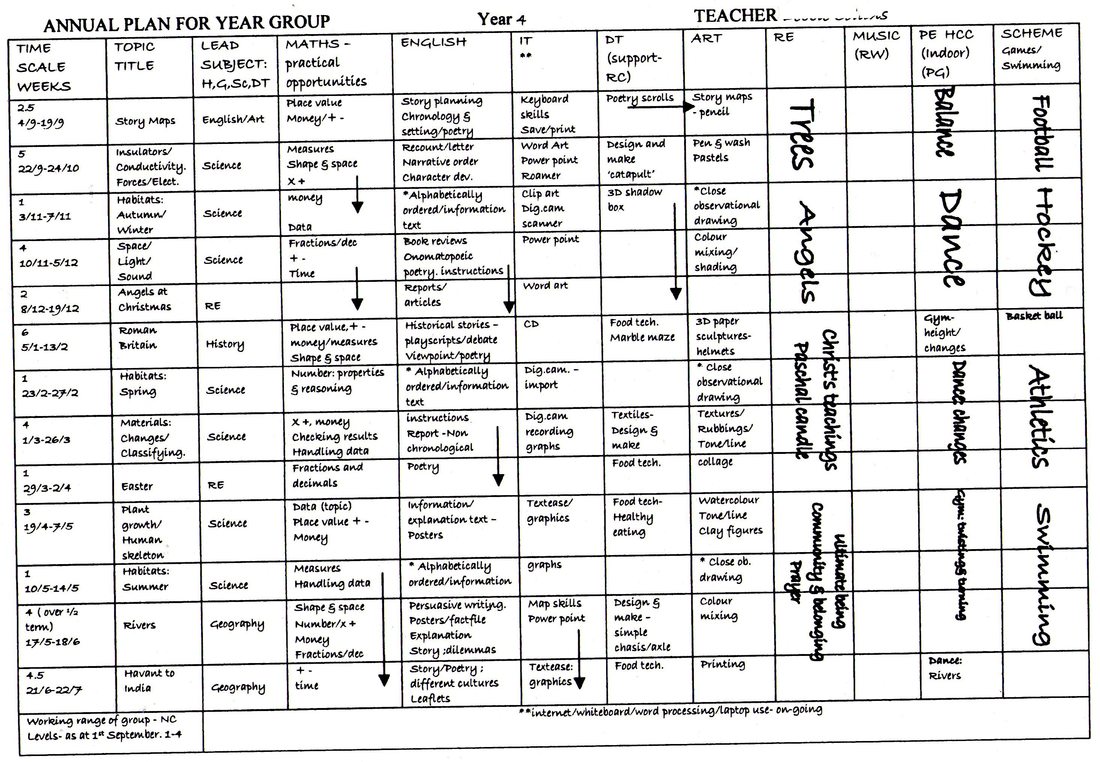

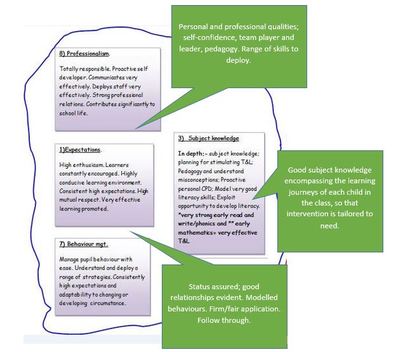
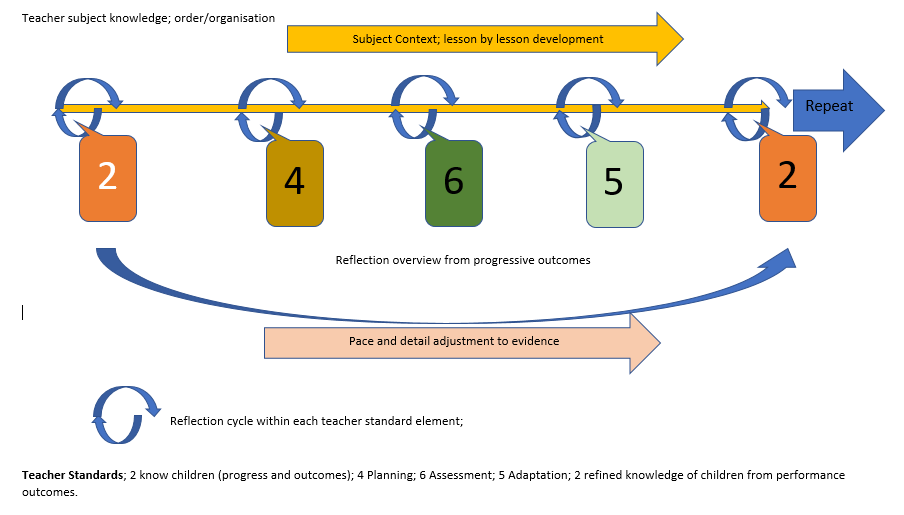
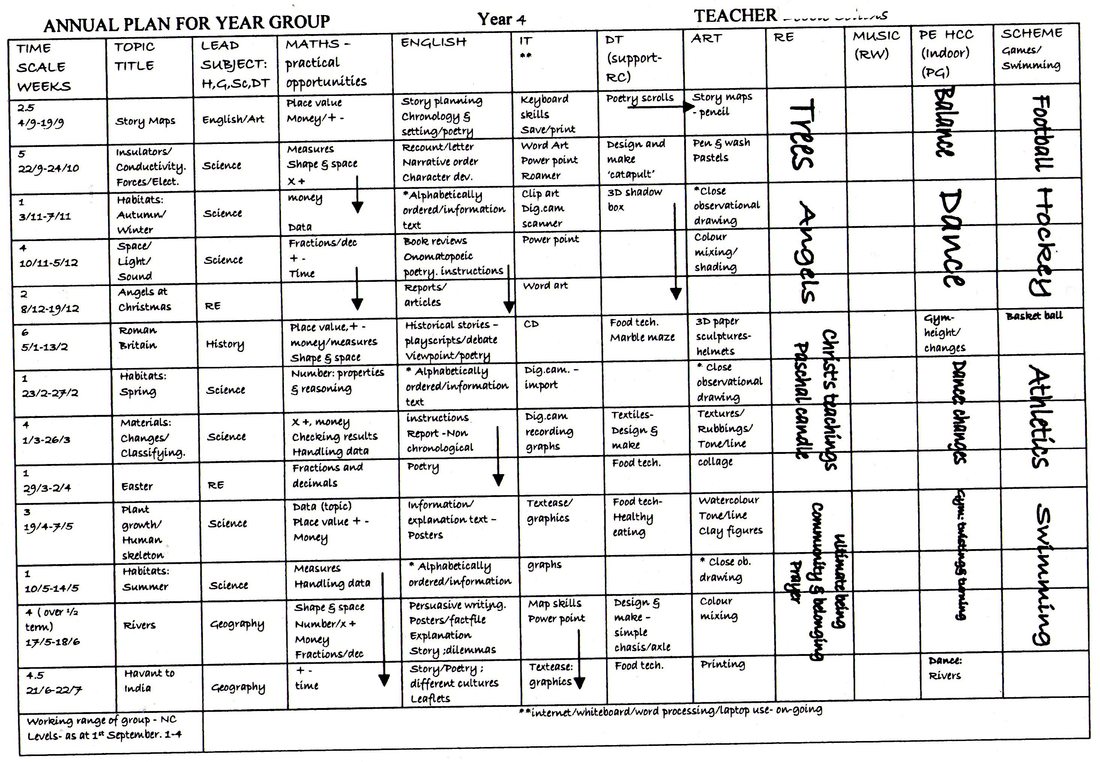
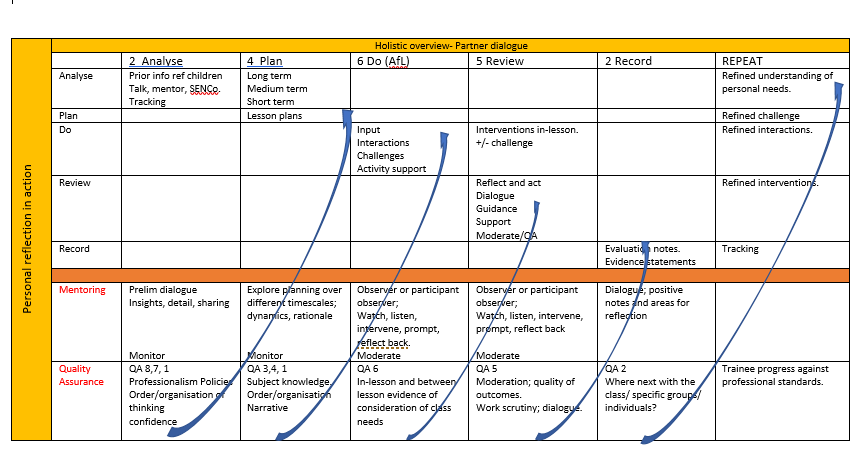
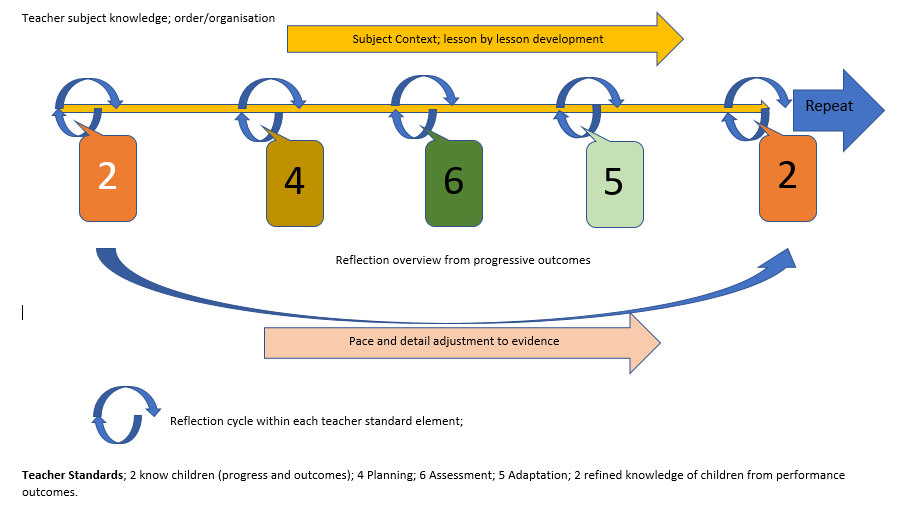
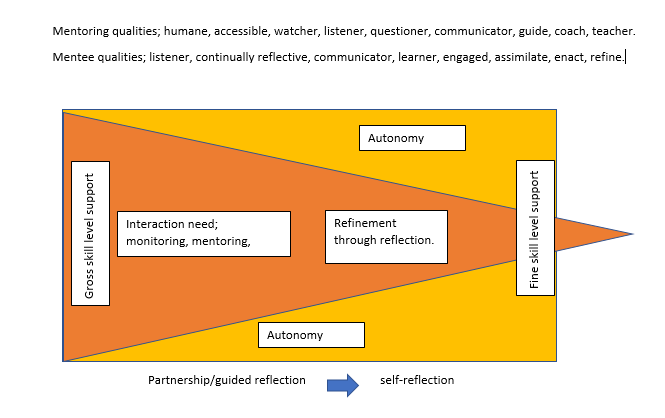
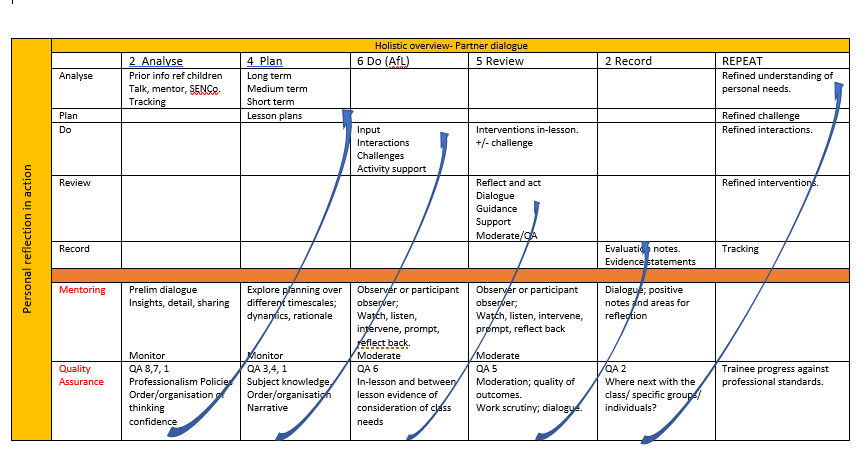
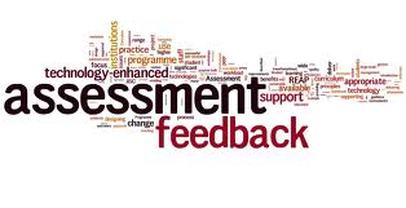
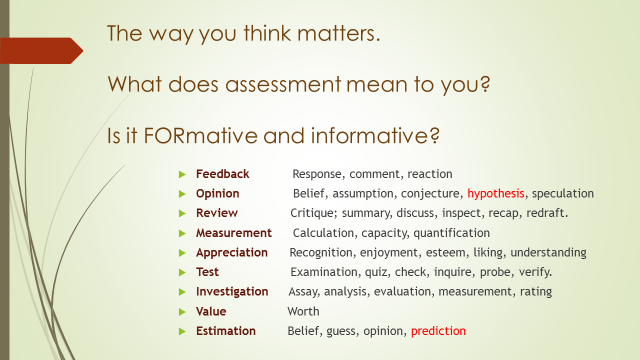

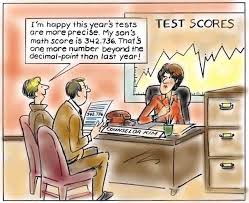
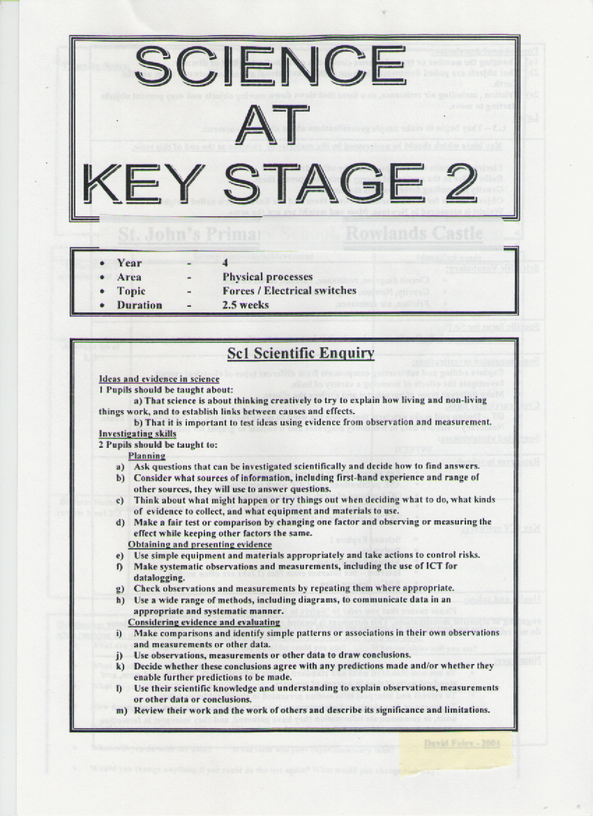

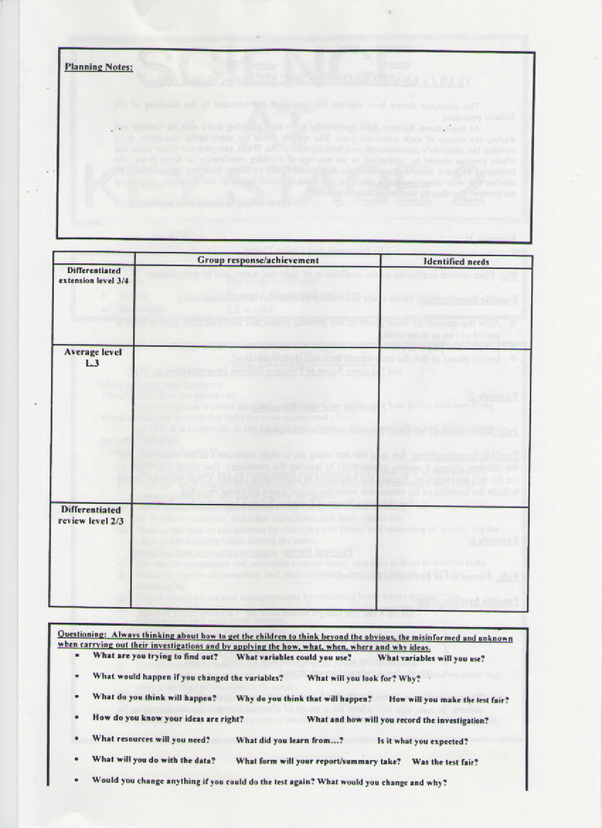
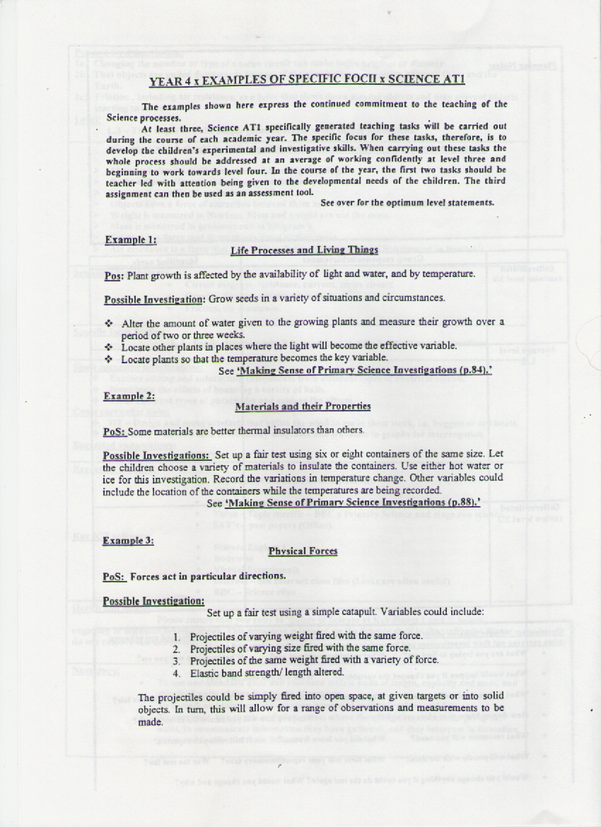
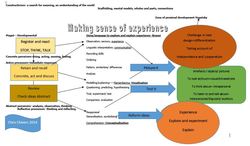
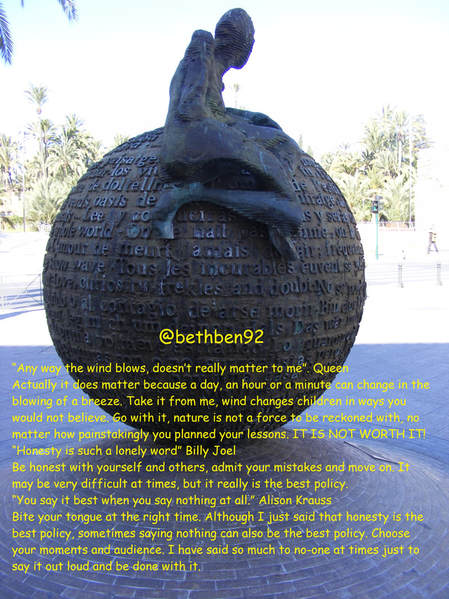

 RSS Feed
RSS Feed
